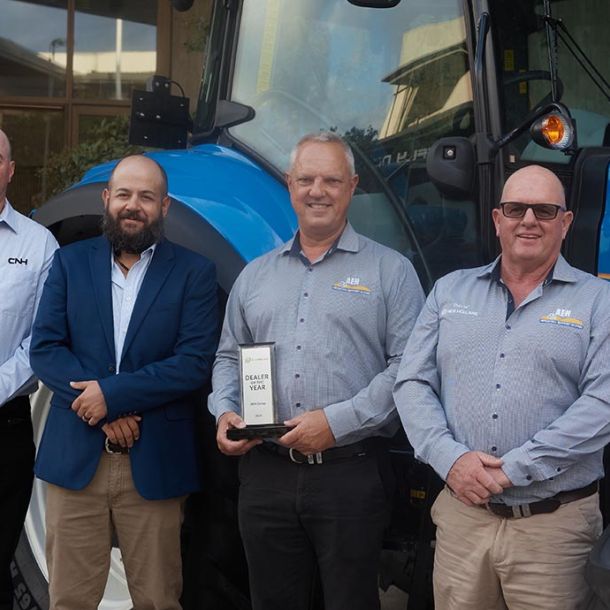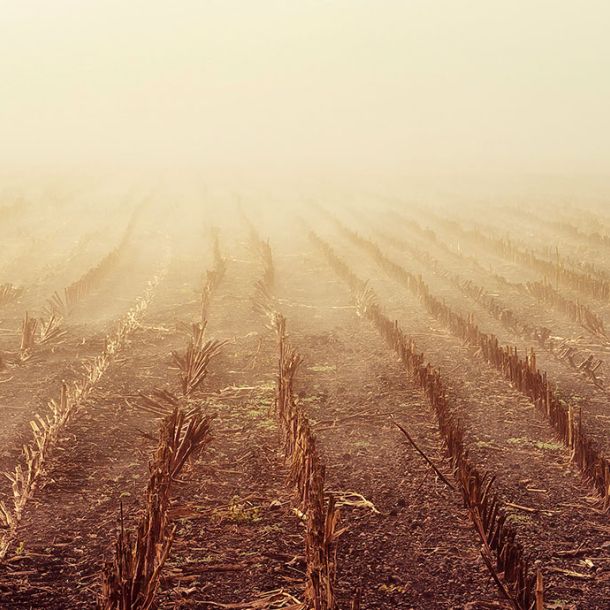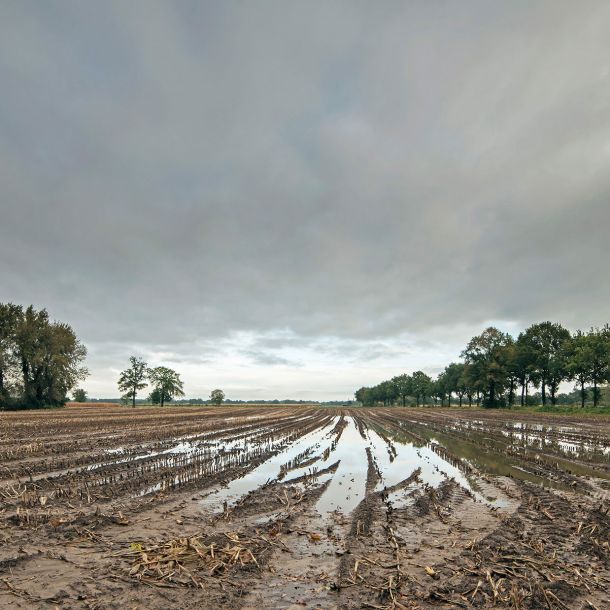Managing Stubble After ‘The Wet’
2021: A challenging year
Where crops were able to be harvested, the high yield potential of these crops meant that there were large volumes of straw to deal with, and header fronts were lifted up to try to increase harvester output, resulting in tall stubble and unevenly chopped and spread straw which could create problems for the following crops.
The challenges of harvesting in a prolonged wet season don’t end with getting the crop off. Farmers are faced with the question of how to deal with the large bulk of stubble.
This year’s stubble: friend or foe?
The benefits of stubble retention are well known, but this wet season presents a particular challenge to those farmers who see the benefits, but face a dilemma in how to manage the sheer volume of residue.
Managing high stubble loads requires careful planning to ensure effective sowing during the following season.
The amount of stubble left on the paddock, the nature of the stubble and the amount of stubble that sowing machinery can handle, all determine how to manage stubble after harvest.
Some of the problems created by crop stubble include:
- Blockages in the seeders causing downtime and poor establishment.
- Stubble height and volume can both restrict the progress of following machinery.
- Establishment in a dry season can be difficult where the straw doesn’t break down.
- Sowing problems (hair-pinning with disc drills and blockages with tined machines under adverse/ wet conditions).
- Problems with wet seasons, increasing the risk of slug, snail and pest problems.
- Uneven straw and chaff spreading can lead to poor establishment leading to stunting and yellowing (resulting from reduced availability or uneven uptake of nutrients). Nitrogen deficiency may show up in the following crop.
- Large volumes of residue can lead to poor weed control in the following crop due to the interception of residual herbicides by crop residue.
- Reduction in overall crop performance (yield loss).
There are a number of options available to manage stubble, including grazing with livestock, slashing, mulching or harrowing and strategic burning. Burning may be the easiest, but is not always the most profitable treatment.
Let’s consider the benefits of retaining that stubble:
- Increases in soil water and plant available water (PAW)
- Decreases surface crusting (slaking) and subsoil (sodic) issues
- Increases in organic carbon percentages
- Increases in soil biological activity
- Decreasing soil erosion potential
- Improved soil air and pore spaces for better plant root exploration
- Decrease in off-site leaking/loss of nutrients and pesticides
- Potential increase in the amount of available energy for grazing animals.
Burning the stubble will also have the following negative impacts:
- Potential off-site issues
- Increasingly frowned upon by the community
- Valuable carbon and other nutrients including nitrogen, phosphorus, potassium and sulphur literally go up in smoke. Approximately four kilograms of nitrogen are lost with every tonne of wheat stubble burnt.
On balance then, it is far better to retain and manage the stubble than to get rid of it. But how to best deal with the bulk of material? The choice of machinery used to deal with the stubble will have important implications for the following crop and the health and stability of the soil.
To retain or incorporate stubble?
That question really presents two ends of a wide spectrum of choices. If all the stubble is retained, that has implications on how you will sow into the standing stubble. If the stubble is completely incorporated, will that affect the ability to seed the next crop and will the soil organisms handle the bulk of material that is high in carbon, but likely to be lacking in nitrogen?
These are questions that can be only answered by individual circumstances and by considering the versatility of machinery available to handle the stubble. Fortunately, machinery is available to adapt to a variety of conditions and stubble loads.
A machine for all seasons
The Speedtiller® by K-Line Ag is a high-performing dual purpose disc-tillage machine for incorporating stubble and trash while at the same time conditioning the soil with good penetration. Ideal for high-speed disc tillage, it can efficiently cut, size and incorporate high levels of crop residue into the top 75mm to 100mm of soil. Handling not only surface trash, the discs destroy any standing weeds that are an inevitable result of high soil moisture levels from this year’s wet finish.
By leveling the soil surface as it goes, ruts, bogs and machinery tracks can be eliminated in a one-pass operation, leaving the soil ready for sowing. Soil erosion from wind and water is drastically reduced by the Speedtiller’s excellent incorporation ability.
K-Line Ag’s Speedtiller® is designed and engineered for farmers, by farmers, to withstand the harsh conditions of Australian agriculture. The ability of the Speedtiller® to operate under extreme conditions with a simple, robust and advanced design is what makes it the ideal machine to handle this year’s challenging post-harvest conditions.
References
-
[1]
-
[4]








